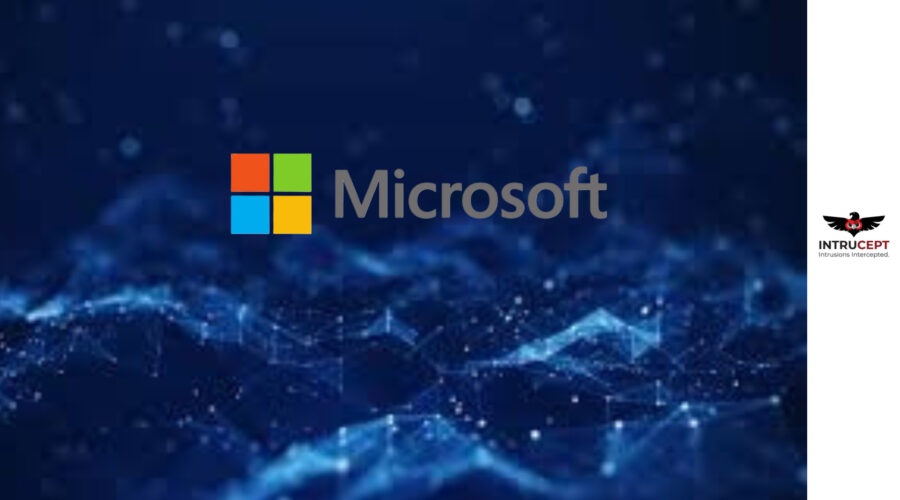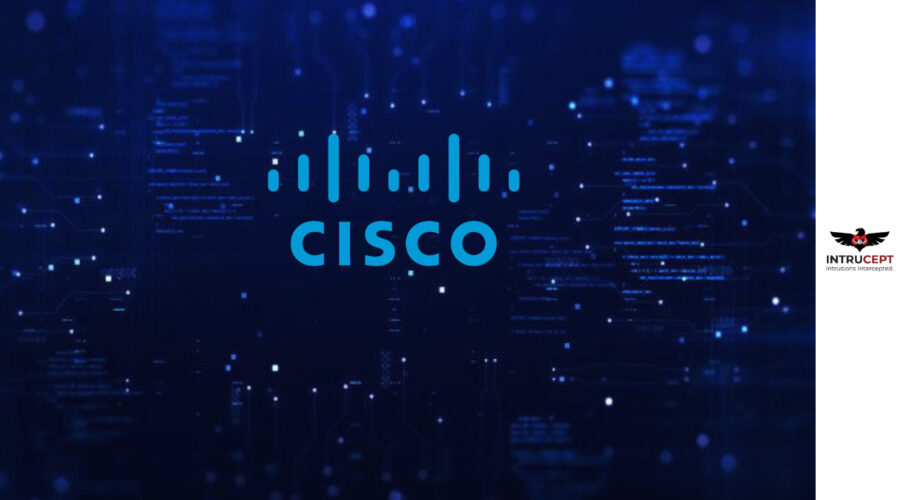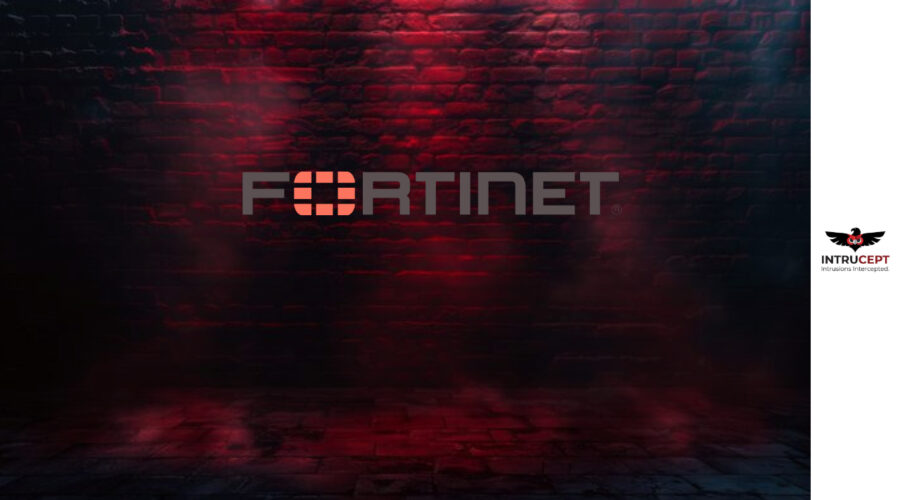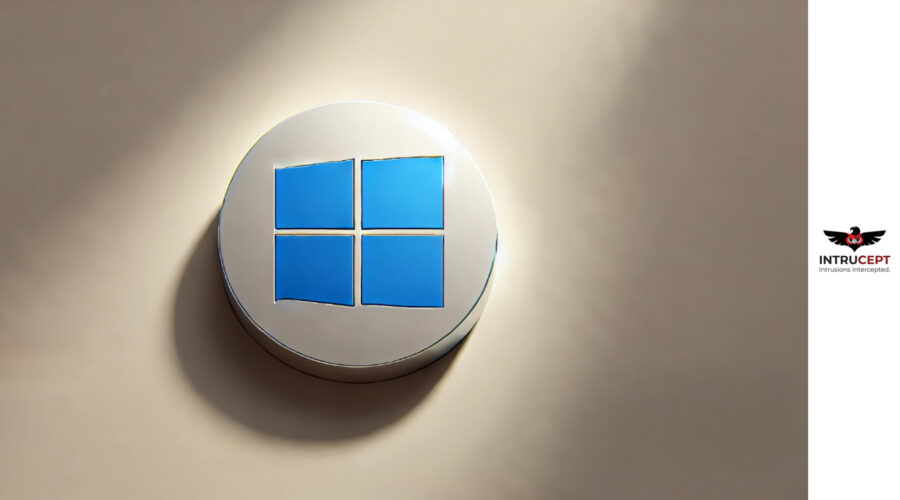The Baltic Sea Ship Accident & not Sabotage; Highlights Ship Downtime Issues
Recently the undersea Fibre optic cable between Latvia and Sweden was damaged and reports said it was result of external influence which prompted NATO to deploy patrol ships to the area and triggering a sabotage investigation by Swedish authorities. Also the cargo ship Vezhen was seized as part of the probe by Sweden’s Security Service.
The incident took place on Jan. 26 and was one of several in recent months, triggered a hunt for vessels suspected of involvement.
The prosecutor said the Vezhen’s anchor severed the cable but that the incident was related to a combination of bad weather, equipment deficiencies and poor seamanship. Images shared by Swedish media showed that the ship appeared to have a damaged anchor.
The cable belongs to Latvia’s state broadcaster, LVRTC, which said in a statement there had been “disruptions in data transmission services”, but that end users would be mostly unaffected.
A second vessel, the Silver Dania, a Norwegian cargo ship with an all-Russian crew, was seized in Norway at the request of Latvian authorities but was cleared of wrongdoing and released. Baltic Sea region is on high alert after a string of power cable, telecom link, and gas pipeline outages since Russia invaded Ukraine in 2022.
We cannot deny the scope of Hybrid attack in the Baltic region that targeted critical undersea infrastructure (CUI), particularly fiber-optic cables, in the Baltic and Arctic regions since 2021. Mostly the prime suspect was Russia, but in this case the Vezhen ship was suspected to have incurred an accident and not sabotage, a Swedish prosecutor said on Monday, adding that the Maltese-flagged vessel had been released.
Ship downtime a major issue the marine industry faces
What is ship downtime and how does it affect?
Any breakdown in service during operation or runtime amounts to downtime in maritime industry.
Sometimes downtimes are unpredictable and unplanned which makes it harder as it incurs expenses to deal with. Repairs, emergency parts, and dry-docking fees can add up fast.
Importance of Data analytics:
This is where predictive maintenance and data analytics come into picture making it possible to provide an overview on what is pending task regarding maintenance of ship or other issues that needs immediate inspection. This can also be cyber security related issue or hybrid attacks targeting critical undersea infrastructure (CUI), particularly fiber-optic cables, have surged in the Baltic and Arctic regions.
The Baltic sea ship broke down due to combination of bad weather and and deficiencies in equipment and seamanship contributed to the cable break,” as per reports by investigators
Whether it’s an engine breakdown, a port delay, or a sudden maintenance issue, every hour of downtime costs money. And there are times when this hurts the most because you don’t see it coming and affecting profitability, delivery and supply chain disruptions.
Crew Issues – Fatigue-related mistakes or medical emergencies that delay voyages.
Mechanical Failures – Think engine breakdowns, generator issues, and propulsion failures.
Electrical Problems – A failed control system or communication outage.
Other problems falls under planned downtime
- Routine Maintenance – Regular engine inspections, oil changes, and system checks.
- Mandatory Surveys – Required ship inspections and certifications from regulatory authorities (like IMO).
- Retrofits & Upgrades – Adding fuel-saving devices, ballast water treatment systems, or new tech.
Rise of Hybrid Attack on undersea cables in Baltic Sea and artic region
Since 2021 Russian hybrid attacks targeting critical undersea infrastructure (CUI), particularly fiber-optic cables, have surged in the Baltic and Arctic regions since 2021 causing disruptions threatening essential communication channels, exposing vulnerabilities of Northern Europe’s infrastructure.
More incidents were noticed in 2023 and 2024 involving Chinese vessels damaging Baltic subsea cables raise concerns over possible Russian-Chinese hybrid warfare collaboration despite no direct evidence confirming this, complicating Western deterrence efforts. (https://jamestown.org/program/hybrid-attacks-rise-on-undersea-cables-in-baltic-and-arctic-regions/)
Financial Implications
Any disruption of events that causes downtime in shipping such as piracy, bad weather and accidents blocking major shipping lanes causes major financial losses on global economy. Attacks such as cyber-attacks are growing with each passing day and quite predominant on risk landscape like the maritime industry, forcing organizations account of in its operations and work on legacy technologies replacing them with advanced technology systems to counter any attacks or sabotage or foul play.
Companies that have proven their ability to manage these risks and remain agile for recovery are more likely to secure favorable finance options.
Innovations in Maritime industry
Maritime transport is seen key player in global trade and the intricacies of networks of shipping
routes, ports, forced globalization to strengthened their operation strategies for the world economy to grow surpassing numerous challenges. Innovations is high on demand for safety systems form part of the ongoing development where digital based systems are part of ships in current scenario. E.g. the Intelligent awareness (IA) systems will be nex- gen of digital technologies to provide safety net for smooth operation of ships on transit that include utilizing sensors, high-resolution displays, and intelligent software.
Maritime chokepoints are critical points in shipping routes.as they facilitate substantial trade volumes and connect the world. Due to disruptions and very limited routes that are valid for ship passages there are negative impacts on supply chains, leading to systemic consequences, affecting food security, energy supply and whole of the global economy.
Sources: https://www.reuters.com/world/europe/baltic-undersea-cable-damaged-by-external-influence-sunday-latvian-broadcaster-2025-01-26/
www.shipuniverse.com










